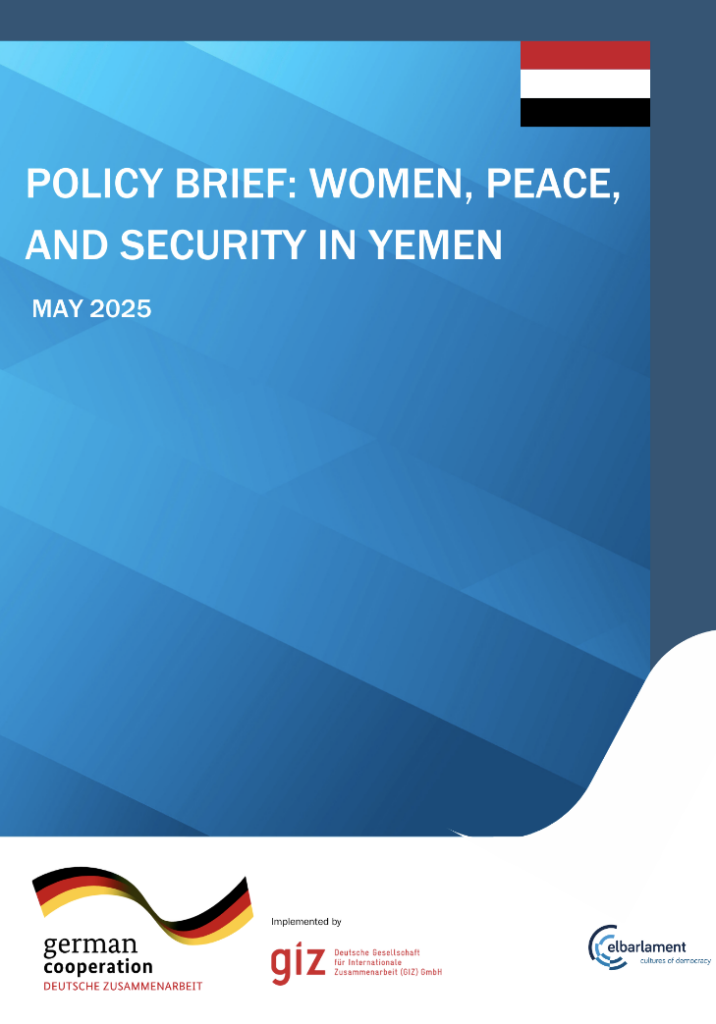The protracted conflict in Yemen has deeply fractured the country’s political and social fabric, intensifying structural inequalities and displacing millions. Amid this devastation, Yemeni women have emerged not as passive victims but as vital peace actors, leading in grassroots peacebuilding, mediation, and humanitarian response throughout the conflict, often without protection, funding, or formal recognition. Their work has filled institutional voids left by state collapse, often under threat and with minimal recognition or protection.
In 2020, Yemen’s first National Action Plan (NAP) on UNSCR 1325 marked a milestone in national acknowledgment of the Women, Peace, and Security (WPS) agenda. Developed through collaborative efforts among ministries, civil society, and international partners, the NAP aimed to integrate women into peace and recovery efforts. However, implementation fell short due to severe fragmentation of authority, ideological resistance, particularly in areas under Houthi control, shrinking civic space, and the absence of accountability or funding mechanisms.
Despite these challenges, women-led initiatives have become foundational to localized peacebuilding, humanitarian access, and survivor-centered advocacy. In regions like Marib and Taiz, women have mediated tribal disputes, resolved revenge killings, and facilitated critical services for displaced populations. Across all regions, they continue to adapt the WPS framework to local realities, even when forced to avoid its explicit language due to politicization and repression.
This brief outlines Yemen’s political and security context, the gendered impact of the conflict, the evolution of the WPS agenda, and women’s transformative roles. It concludes with strategic recommendations to institutionalize women’s leadership, ensure their protection, and anchor inclusive peacebuilding within Yemen’s future transition.
